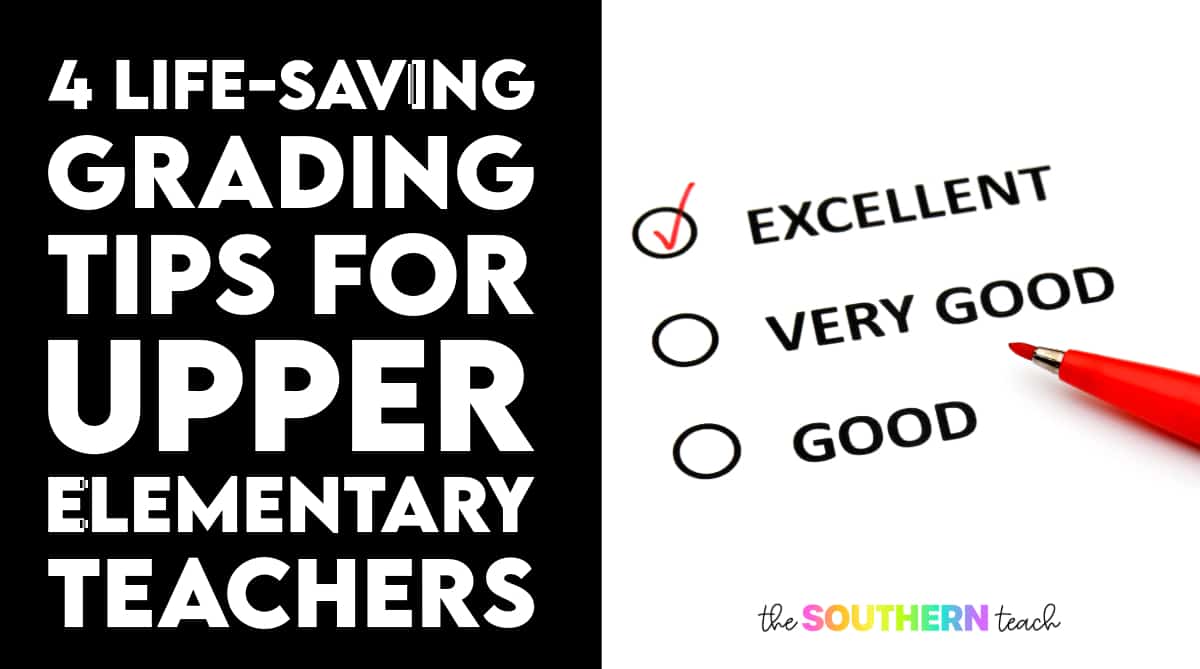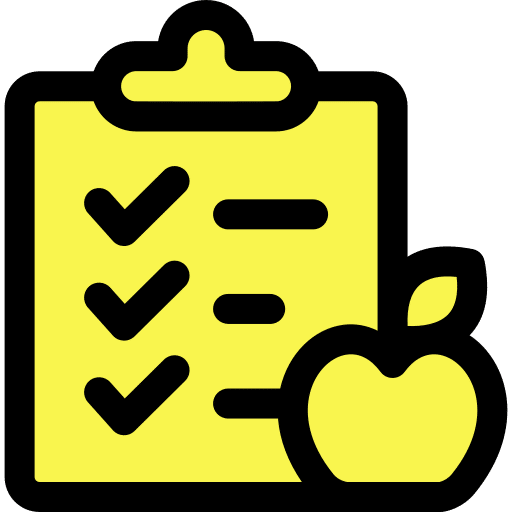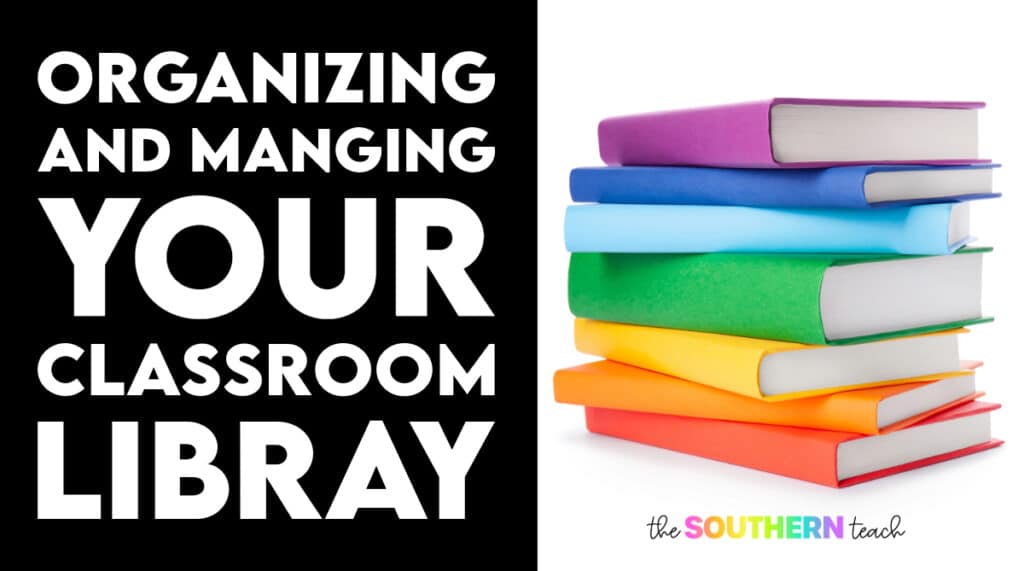
Share This Post:
Let’s be honest – grading can sometimes feel like a real chore (or worse). It’s that task we’d all rather avoid, but it’s an essential part of teaching.
If you’re tired of feeling buried under a pile of papers, don’t worry! In this blog post, I’ll be sharing four grading tips to help you tackle this necessary evil more efficiently.
From grading only what’s essential to having students take part in the process, these strategies will make your life easier.
Before I get started sharing these grading tips, one of my favorite grading tools beside my phone calculator was the tried-and-true E-Z Grader. It’s a classic teacher tool!

Grading Tip 1: Don’t Grade Everything
The first big grading tip I have is to remember that you DON’T have to grade every single paper that gets turned in. For some assignments, you can save some time and sanity by writing a simple checkmark to show that you’ve seen their work.
If it’s an activity or assignment you and your students completed together as a class, consider using the completion grade approach. If they’ve completed the task, assign a score based on their level of completion.
I typically did the bare minimum that was required for a grade – in a week, we had to have 3 ELA grades, 2 Math grades, 1 Science grade, and 1 Social Studies grade. In that some week, there would be multiple papers and activities students were turning in. It would have been nearly impossible to try to give a numerical grade to every single paper!
I graded the most important activities that encompassed their hard work and standards taught for the week, such as quizzes, tests, or practice activities that weren’t just 3 or 4 questions. For all other activities, I would put a check mark to show that it was checked for completion. I did not enter these completion grades into the grade book.
Remember, it’s not mandatory to grade every assignment that gets turned in!

Grading Hack 2: Grade Only Certain Parts
The second grading tip to only grade certain parts of an assignment. Choose specific sections to assess, particularly for quick formative assessments or when you want to gauge their understanding of a particular skill.
For example, you can check for completion on one part of the assignment and then grade only specific questions or sections that truly require your attention. This approach can save you a lot of time while maintaining the integrity of your grading.

Grading Hack 3: Grade a Page at a Time
My favorite grading tip is for assessments with multiple pages or questions! If you have a test with multiple pages or questions, make grading more manageable by breaking it down into smaller, more digestible parts.
Grade all of page one, then move on to page two, and so on. This way, you create a repetitive rhythm, making the process smoother and quicker. You’re only memorizing 2 or 3 answers for that specific block of time before grading a new page. It’s an easy way to compartmentalize and batch like tasks together!
You can also tally up the points missed on each page as you go, making it easier to add a final grade after you are done with all of the grading.

Grading Hack 4: Have Students Grade
Believe it or not, students can help with the grading process. Not only does it lighten your workload, but it also promotes responsibility and accountability among your students.
When they grade their work, it encourages them to be honest and ensures they understand the grading criteria. Of course, you should still review the grades to ensure accuracy, but this method can significantly reduce your grading time.
Additionally, you can implement digital self-checking activities, which not only save you time but also provide instant feedback to your students. If you’re looking for resources, you can find digital self-checking materials on platforms like Teachers Pay Teachers.
Conclusion
Grading doesn’t have to be a daunting, time-consuming task that leaves you feeling overwhelmed and behind! By implementing these grading hacks, you can make your grading process more manageable and efficient.
Remember that a good balance of different types of assessments can help you maintain control of your grading workload.
So, give these grading tips a try and see how they transform your teaching. Grading might never be your favorite task, but it can certainly become more tolerable.
Want to go into more depth other than grading? Check out these other helpful posts for more teacher tips!
kirsten hammond
Kirsten is a former 3rd and 5th grade teacher who loves helping upper elementary teachers by creating resources and sharing ideas that are engaging, research-based, and TEKS-aligned. She is a work-from-home mama of 3 rambunctious little ones and loves running, true crime, and lots of coffee.











